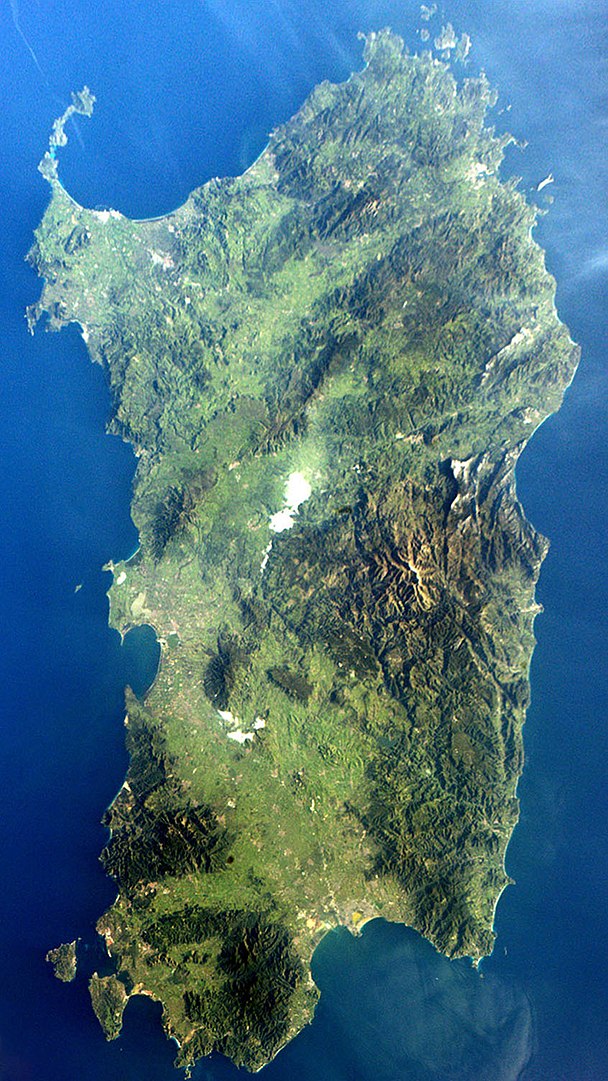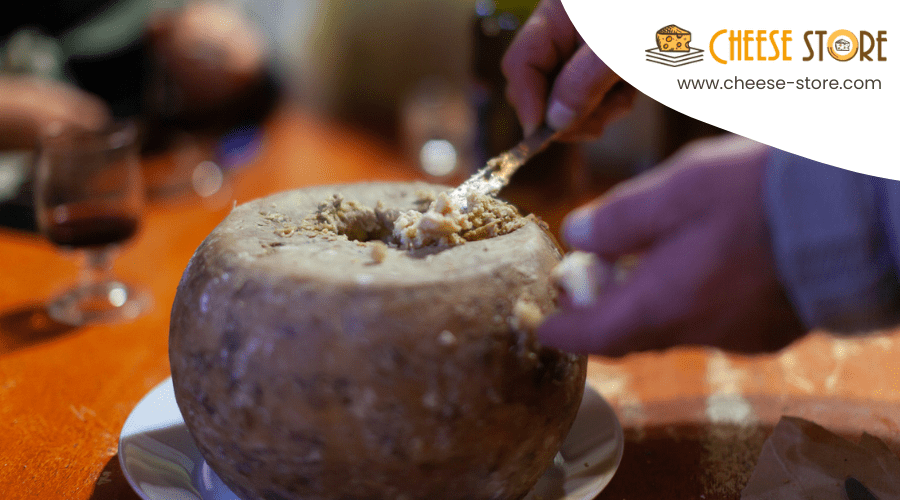In the world of cheese, where the extraordinary often brushes elbows with the bizarre, you’re about to commence on a journey that might just redefine your culinary boundaries. You’ve heard of wine tastings and chocolate samplings, but the allure of Casu Marzu and its live larvae companions, among other controversial cheeses, takes the concept of an acquired taste to a whole new, perhaps unnerving, level.
As you explore the thin line between traditional delicacies and public health advisories, ask yourself: where do you draw the line on what’s considered palatable? This exploration might just surprise you, offering a glimpse into a world where culture, legality, and the love of cheese collide in the most unexpected ways.
Key Takeaways
- Casu Marzu challenges food safety norms with its use of live maggots in fermentation.
- Cheese serves as a cultural heritage marker, deeply rooted in tradition and regional identity.
- Legal and health controversies surrounding certain cheeses, like Casu Marzu, spark debates on cultural preservation vs. public safety.
- Exploring controversial cheeses offers insight into the complex interplay of ethics, culture, and regulation in culinary practices.
Unveiling Casu Marzu: Sardinia’s Dare
Diving into the heart of Sardinian tradition, you’ll encounter Casu Marzu, a cheese that challenges the daring with its live insect larvae. This isn’t your ordinary dairy product; it’s an extreme taste of Sardinia, made from sheep milk and teeming with life. The cheese derives its unique texture and flavor from the larvae of the cheese fly Piophila casei, which are deliberately introduced to kickstart fermentation. As these tiny creatures digest the sheep milk’s fats, they transform the cheese into a soft, spreadable delicacy.
When you’re served Casu Marzu, you’re faced with a choice: to eat the live larvae or not. This aspect adds an adventurous twist to your dining experience, making it not just about flavor but also about courage and cultural immersion. Despite its legal ambiguities and the health concerns that have led to its ban in many places, Casu Marzu remains a sought-after delicacy in Sardinia. It’s often shared in local gatherings or sold discreetly, maintaining its status as a cherished, if controversial, element of Sardinian heritage.
The Making of a Controversy
Exploring further, we find that the journey of Casu Marzu from a cherished Sardinian tradition to a controversial delicacy is fraught with legal and health debates. At the heart of this controversy is the cheese’s unique production method, which involves the intentional infestation of live insect larvae. These larvae are not mere byproducts; they’re essential players, consuming the cheese and aiding in its fermentation process. This very process, which gives Casu Marzu its distinctive flavor and texture, is also the source of its legal battles.
Many countries have deemed the production of Casu Marzu illegal, citing health concerns. The thought of consuming live larvae, along with the cheese, challenges conventional food safety standards and sparks a heated debate between preserving tradition and adhering to modern health regulations. This cheese embodies a delicate balance between cultural heritage and the boundaries of contemporary culinary practices. Yet, it’s this balance that makes Casu Marzu a symbol of cultural identity for Sardinians, despite the controversies that surround it. The legacy of Casu Marzu, hence, isn’t just about the taste; it’s a proof of the complexities of merging tradition with modernity.

Serving the World’s Most Dangerous Cheese
As you explore the world of Casu Marzu, it’s important to weigh the health risks and understand the legal considerations surrounding its consumption. You’ll find that while its unique flavor and traditional significance are enticing, managing the regulations and potential dangers requires a careful approach. Let’s look into what makes serving this cheese both a culinary adventure and a subject of controversy.
Health Risks Evaluated
Despite its renowned status in local traditions, Casu Marzu’s health implications cannot be ignored, given the risks associated with consuming live larvae. This cheese, notorious for its intentional infestation with insects, poses significant health hazards. The presence of live maggots has not only stirred hygiene concerns but also led to a ban by the European Union. This prohibition highlights the gravity of the food safety issues at play, making Casu Marzu an underground delicacy that’s only consumed during specific local festivals. The debate surrounding Casu Marzu encompasses more than just its unique preparation; it challenges the balance between preserving cultural food traditions and adhering to rigorous food safety regulations. This cheese, thus, stands at the crossroads of culinary heritage and health considerations.
Legal Considerations Explored
Sailing the murky waters of legal restrictions, serving Casu Marzu presents a unique set of challenges due to its ban in many regions. This cheese’s controversial nature demands a blend of culinary daring and legal acumen. Here’s what you need to know:
- Live Larvae Consumption: You’re choosing between wearing protective gear or facing the squirm. Alive larvae mean the cheese is safe to eat, making the serving experience unlike any other.
- Under-the-Counter Sales: In Sardinia, despite bans, Casu Marzu finds its way to enthusiasts through secretive channels, highlighting the clash between tradition and regulation.
- Regulatory Exemptions: Its unique legal standing in Sardinia, exempt from many food laws, fuels research and development into preserving such culinary heritage without crossing legal boundaries.
Thus this landscape requires a keen understanding of both culinary and legal intricacies.
The Legal Battle Over Forbidden Dairy
You’re stepping into a complex battle where health concerns clash with tradition over cheeses like Casu Marzu. Governments worldwide grapple with regulatory hurdles, trying to balance food safety with cultural heritage. This tension creates a legal limbo, stirring debates on whether tradition can justify bypassing modern health standards.
Regulatory Hurdles Worldwide
Across the globe, governments grapple with the challenge of regulating cheeses like Casu Marzu that straddle the line between cultural heritage and public health concerns. Dubbed one of the worlds most dangerous cheeses, Casu Marzu faces:
- Strict Bans: Banned by the European Union and Italy since 1962, it’s illegal to sell or distribute due to hygiene worries.
- Hefty Fines: Fines for selling Casu Marzu can skyrocket up to €50,000, aiming to deter its underground market trade.
- Cultural Clash: Despite legal restrictions, it remains a cherished part of Sardinian festivals and events, showcasing the tension between preserving tradition and adhering to modern food safety regulations.
You’re witnessing a delicate dance between upholding cultural identity and ensuring public health, a battle that continues to evolve with each slice of forbidden dairy.
Health Concerns Vs. Tradition
Traversing the legal battle over forbidden dairy like Casu marzu, it’s clear that health concerns and tradition are on a collision course. The European Union’s ban on Casu marzu due to hygiene worries, especially the consumption of live larvae, pits modern regulations against age-old customs. Despite the ban, you’ll find this local food thriving in Sardinia’s underground markets and being celebrated at local festivals. This defiance underscores the deep-rooted value of tradition in the face of health risks, highlighting a complex debate. The controversy isn’t just about cheese; it’s about how societies balance food safety with preserving cultural food traditions. You’re witnessing a real-time clash where local food practices challenge international standards, making you question: Can tradition and health coexist?
Tasting the Forbidden: A Sensory Journey
Beginning on a sensory journey with Casu Marzu involves bracing yourself for its pungent aroma and the decision to eat live larvae, creating a unique culinary adventure. At first, the pungent smell may seem overwhelming, but it’s an integral part of the experience, preparing your palate for the intense flavors that follow. The very essence of this controversial cheese lies in its ability to challenge and intrigue.
Here’s what makes tasting Casu Marzu an unforgettable adventure:
- The Aroma: As you approach, the pungent smell hits you, a prelude to the complex flavors you’re about to experience.
- The Texture: Deciding to consume the live larvae adds an unparalleled texture and flavor, making each bite a daring exploration of taste.
- The Pairing: Savoring this cheese with local wine enhances the experience, marrying the bold flavors perfectly.
Eating Casu Marzu is not just about tasting cheese; it’s about embracing a tradition that defies the ordinary. The protective measures, like wearing glasses or covering your nose, are small concessions for a culinary adventure that pushes the boundaries of conventional dining.
Cheese as a Cultural Artifact
Cheese isn’t just a culinary delight; it’s a mirror reflecting the rich tapestry of culture and tradition that shapes a community. When you indulge in different cheeses, you’re not just savoring flavors; you’re exploring the very essence of a region’s identity. Take, for example, formaggio marcio, a cheese that might raise eyebrows for its unconventional characteristics. Yet, it stands as a proof to the ingenuity and heritage of its makers.
Each cheese, from its production methods to its aging processes, carries historical and symbolic meanings that are deeply woven into the fabric of its origin. These cheeses are not just food; they’re cultural artifacts, preserving the stories and practices of those who craft them. They’re central to local festivals, celebrations, and rituals, adding layers of significance to communal gatherings.
Cheese has the power to bring people together, fostering a sense of community and connection among those who share in its consumption. It acts as a marker of identity, distinguishing one group or region from another through its unique cheese-making practices. In this way, cheese is much more than a dietary staple; it’s a vibrant expression of culture and tradition, inviting you to explore into the diversity and richness of communities around the globe.
Beyond the Plate: Ethics and Controversy
While exploring the cultural significance of cheese, it’s also important to take into account the ethical implications and controversies that come with certain traditional practices. When you decide to eat Casu Marzu, a cheese known for its live insect larvae, you’re immersing into a world where food ethics, cultural heritage, and regulatory oversight intersect.
Here are three key points to take into account:
- Animal Welfare: The production of Casu Marzu involves the intentional infestation of cheese with live insect larvae. This raises significant ethical concerns about the treatment of animals, even insects, in our food systems.
- Health vs. Tradition: The clash between traditional food practices and modern hygiene regulations is stark with Casu Marzu. Consuming this cheese brings up ethical questions about the balance between preserving cultural heritage and ensuring public health and safety.
- Underground Markets: Casu Marzu’s illicit nature highlights the ethical dilemmas of circumventing legal restrictions. The underground markets that supply this cheese pose questions about regulatory oversight and the lengths to which people will go to preserve culinary traditions.
As you explore the world of controversial cheeses like Casu Marzu, it’s crucial to weigh these ethical considerations alongside the desire to experience unique culinary traditions.
Conclusion
As you’ve ventured through the world of controversial cheeses, from the daring taste of Casu Marzu to the heated legal battles, it’s clear these cheeses are more than just food; they’re cultural artefacts steeped in tradition and debate. Whether it’s the thrill of the forbidden or a genuine appreciation for these unique flavors, embracing these cheeses challenges the boundaries of modern culinary norms. So, dare to taste the forbidden and ponder where you stand in the spectrum of culinary controversy and tradition.


